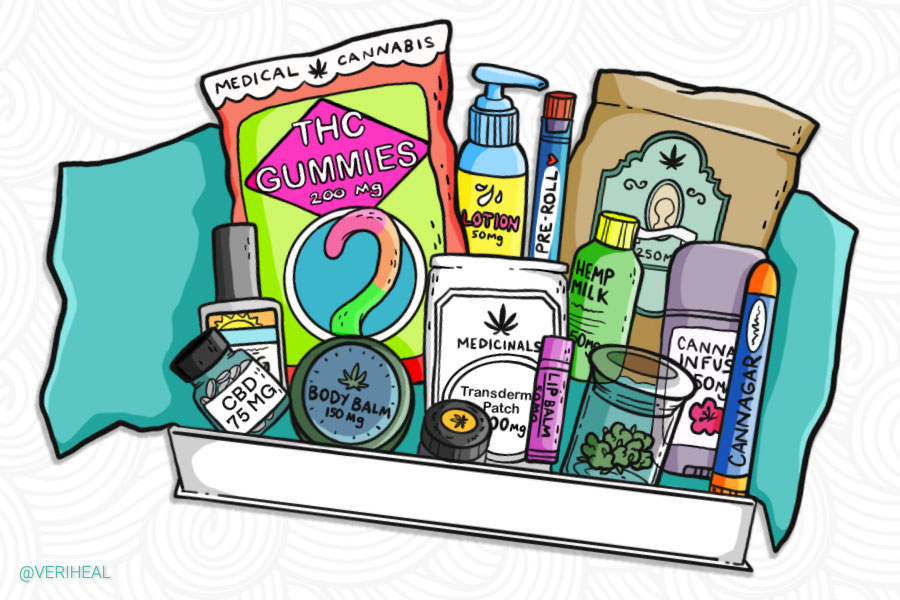When consuming cannabis products, it is important to understand thoroughly the THC information provided on labels and packaging. Many people are not fluently knowledgeable about these numbers, and unfortunately, this puts them at risk of over-consuming. While no one has ever died due to cannabis consumption, no one wants anyone to have a bad experience, especially if it is a patient looking to relieve various ailments.
How to Calculate THC Concentration and Potency
On cannabis products containing THC, there are various ways that you will see information presented. If you are purchasing cannabis flower, you’ll be provided with the THC concentration, but it will be up to you to do the calculations to understand how much you are consuming. If you purchase one gram of cannabis flower that contains 15% THC, you simply need to multiply the THC concentration by 10. This will give you 150 mg of THC per gram in a cannabis strain testing 15%. If you consume half of a gram through a joint, bong, blunt, or bowl, you will have consumed 75mg of THC.
The same conversions apply to things such as cannabis concentrates, however, as these products are highly concentrated with THC or CBD depending on the product you are consuming a much smaller dose will provide a much larger intake of cannabinoids.
Why You Should Get Your Medical Marijuana Card
Veriheal has satisfied millions of patients nationwide by giving them access to these benefits
- Larger purchase limits
- Peace of mind
- Enhanced legal protection
- Access to higher potency strains
- Save up to 25% on cannabis purchases
- Skip the line at the dispensary
Understanding THC Labels on Cannabis Edibles
When it comes to edibles, however, this is where things can start to become confusing for many as edibles present the highest risk for overconsumption. When purchasing edibles, you will typically be provided with an overall milligram content for THC in the entire package. Sometimes cannabis edibles such as cookies come in one serving, and it is up to you to divide it appropriately based on your THC tolerance. Other edibles, however, will come in several different servings with the average serving being 5, 10, or 25 mg. While you may purchase a candy bar in many markets that is 100 mg total, it will be divided into ten individual 10mg pieces. The same is very common with products such as cannabis-infused gummies.
Recommendations for Safely Consuming Edibles
For individuals that are new to cannabis or have a low tolerance or have never tried cannabis edibles before, it is advised to start with a dose between 5 and 10 mg. Since cannabis edibles must be digested and metabolized by the body before effects are felt, it is advised to wait 2 hours before consuming more as the amount of time it takes for the results to be felt can vary with each individual. On average, you will feel the effects of cannabis edibles within 30 minutes to 2 hours.
Other Things to Consider to Prevent Overconsumption
When consuming any cannabis product, it is vital to do so responsibly. It is highly crucial that you understand your tolerance to THC and always take precautions to never overconsume. If you are purchasing a cannabis product and are unsure of its THC concentration, it is vital that you ask your budtender or caregiver to help explain the product more in-depth as well as the best way for you to consume it safely.
Author, Share & Comments















